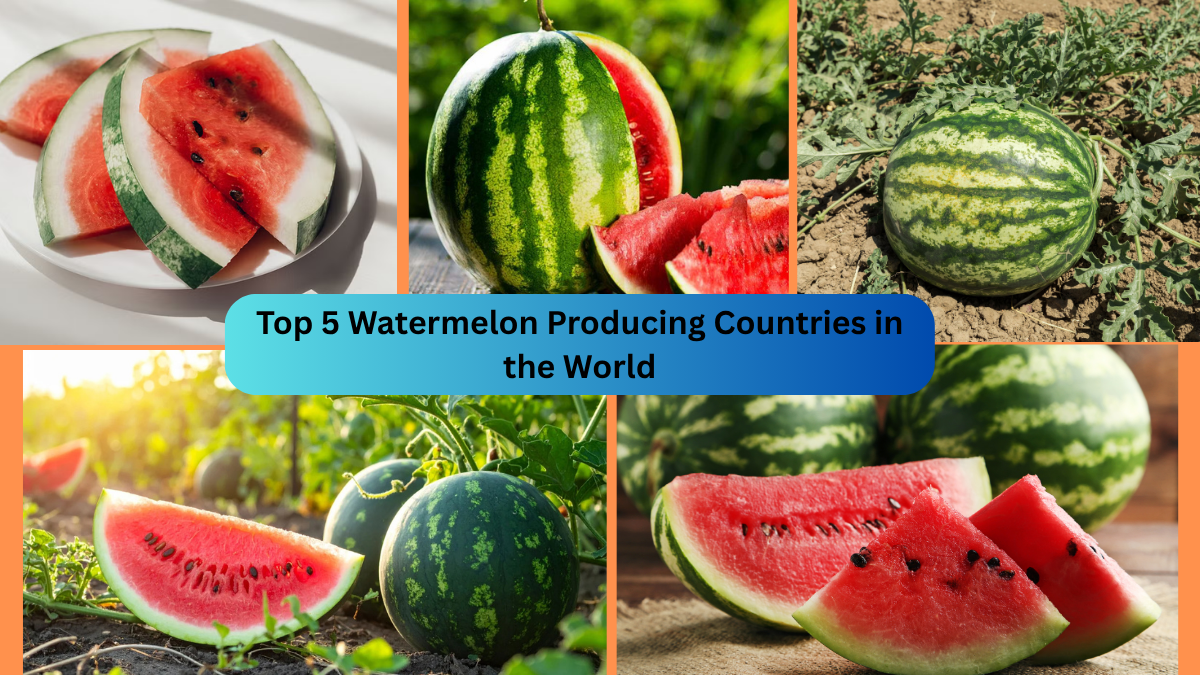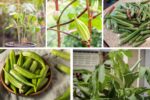When summer arrives, few fruits capture the season’s spirit like the juicy, refreshing watermelon. Known for its sweet, hydrating flesh and vibrant red color, watermelon is not only a popular treat in homes worldwide but also a significant agricultural commodity. Watermelon farming contributes to the livelihoods of millions of farmers and plays a central role in both domestic markets and international trade.
Watermelons are cultivated in over 100 countries, with global production surpassing 100 million metric tons annually. Yet, a select few countries dominate this massive industry. In this article, we’ll explore the top 5 watermelon-producing countries in the world, learn why they excel in cultivation, and discover the regions behind those mountains of melons.
Global Importance of Watermelons
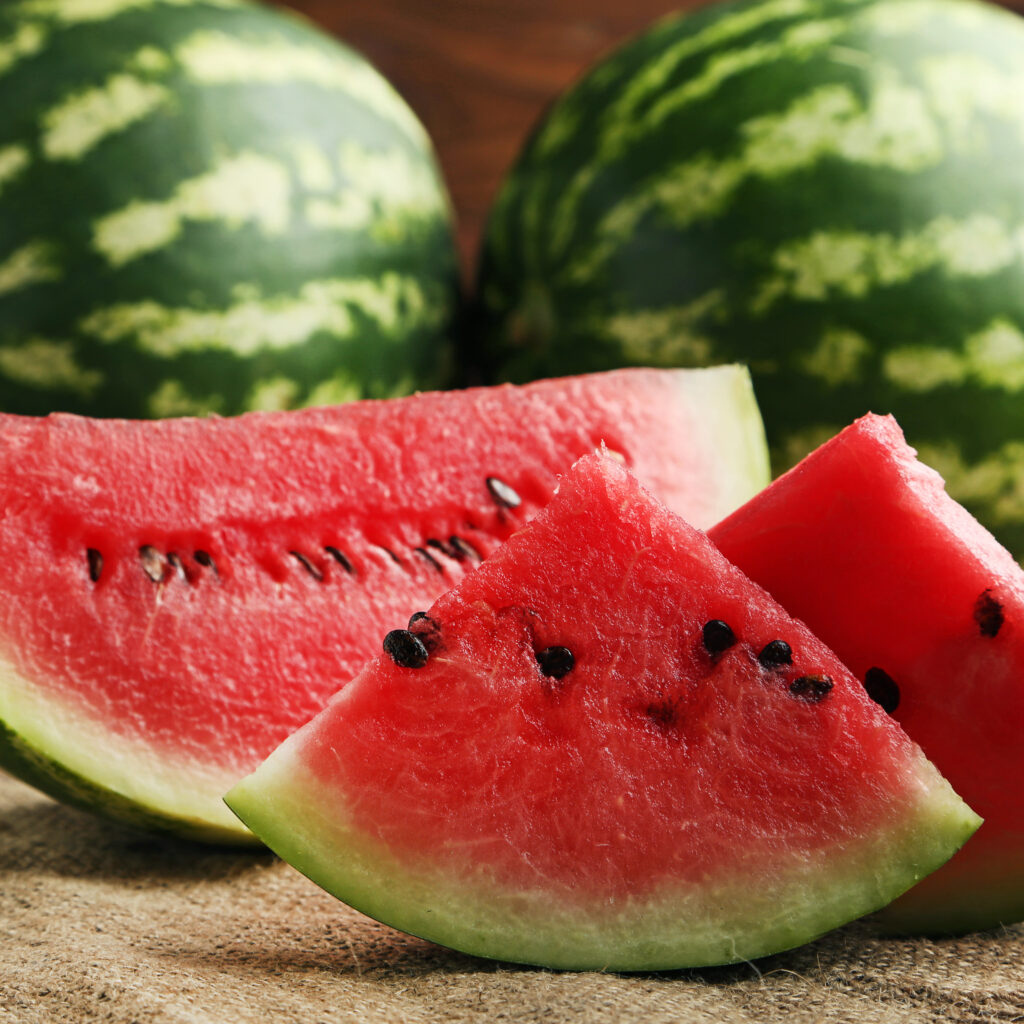
Watermelon (Citrullus lanatus) is native to northeastern Africa, where it has been cultivated for over 5,000 years. Today, it’s grown for a variety of uses:
- Fresh consumption as a summer staple
- Juice and smoothies
- Pickled rind recipes
- Seed roasting (especially in Middle Eastern and Asian cuisine)
Watermelons are valued not only for their taste but also for their high water content (over 90%), vitamins A and C, antioxidants like lycopene, and their ability to thrive in warm, sunny climates.
Top 5 Watermelon Producing Countries in the World
Let’s discover the countries leading the global watermelon industry and what makes them standout producers:
China — The Unchallenged Global Leader
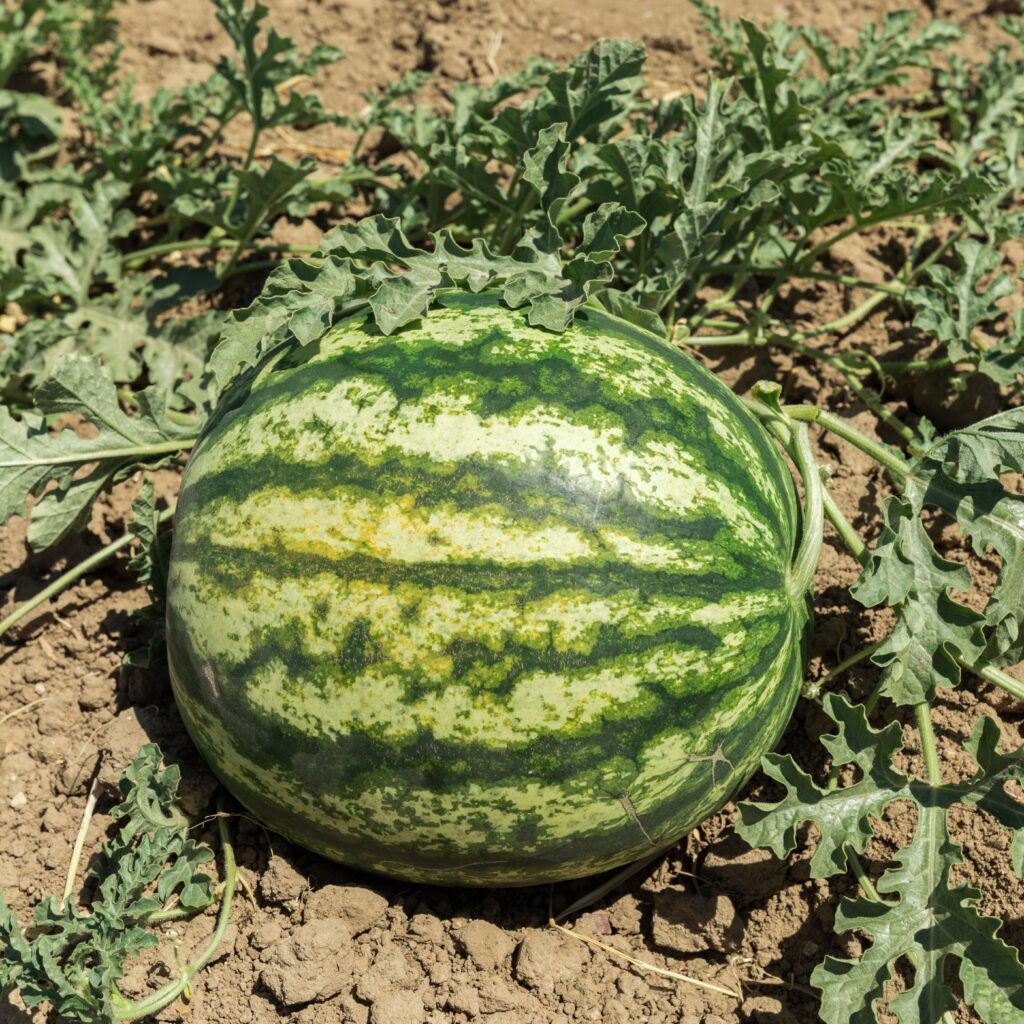
Annual Production: ~60.1 million metric tons
Global Share: Approximately 60%
China is, by far, the largest producer of watermelons in the world, producing more than half of the total global supply. The country’s long agricultural history, advanced farming practices, and massive domestic demand have propelled it to the top.
Major Watermelon Regions in China:
- Xinjiang: Known for producing ultra-sweet, high-quality watermelons due to its hot days and cool nights.
- Hebei, Shandong, Hunan, and Guangdong supply major urban centers and export markets.
Why China Leads:
- Vast land availability for melon farming.
- Ideal climates in both northern and southern provinces.
- Strong domestic market demand — watermelon is a summer essential in Chinese households.
- Use of high-yield hybrid varieties, greenhouse production, and efficient irrigation systems.
Fun Fact:
China also produces significant amounts of seedless and miniature watermelon varieties, which have grown popular in both domestic and export markets.
Turkey — Europe and the Middle East’s Melon Basket
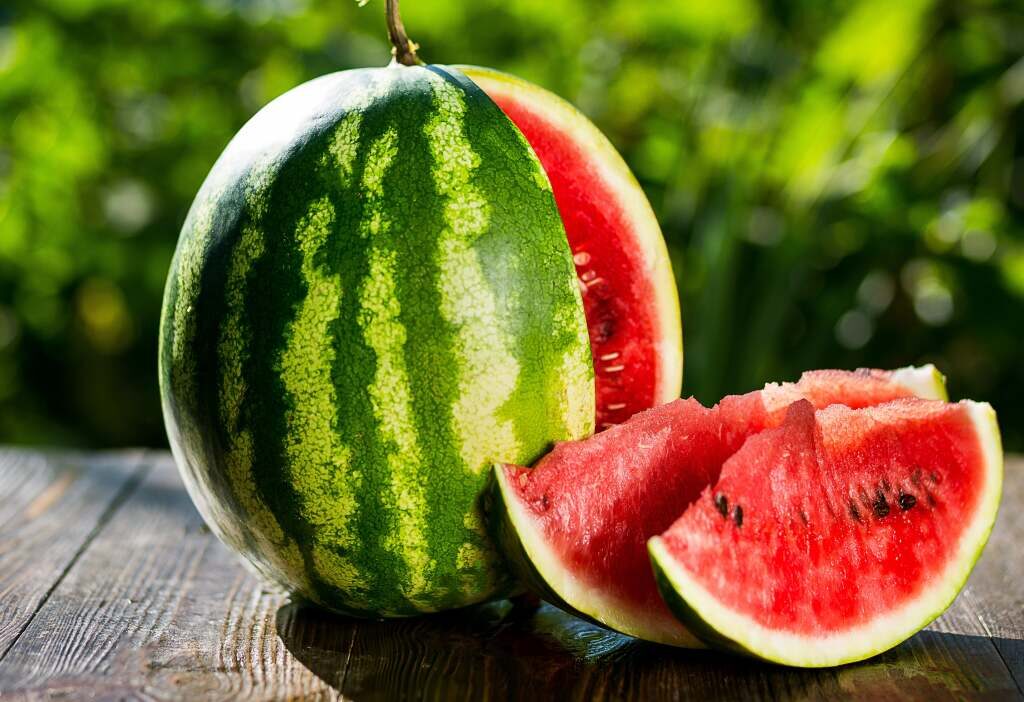
Annual Production: ~3.9 million metric tons
Global Share: Approx. 4%
Turkey ranks second globally in watermelon production. Thanks to its fertile plains, Mediterranean climate, and rich farming traditions, the country has earned a reputation for producing some of the world’s tastiest watermelons.
Major Watermelon Regions in Turkey:
- Adana and Mersin in the south lead production.
- Antalya and Diyarbakır are also key contributors.
Why Turkey Excels:
- Long, warm growing seasons with abundant sunshine.
- Advanced knowledge of irrigation and soil management.
- High domestic consumption, especially during summer festivals and Ramadan.
- A growing export industry supplying Europe, Russia, and the Middle East.
Fun Fact:
Turkey’s Diyarbakır watermelon is famous for its enormous size, often weighing up to 50 kg (110 lbs).
India — The Subcontinent’s Sweet Summer Staple
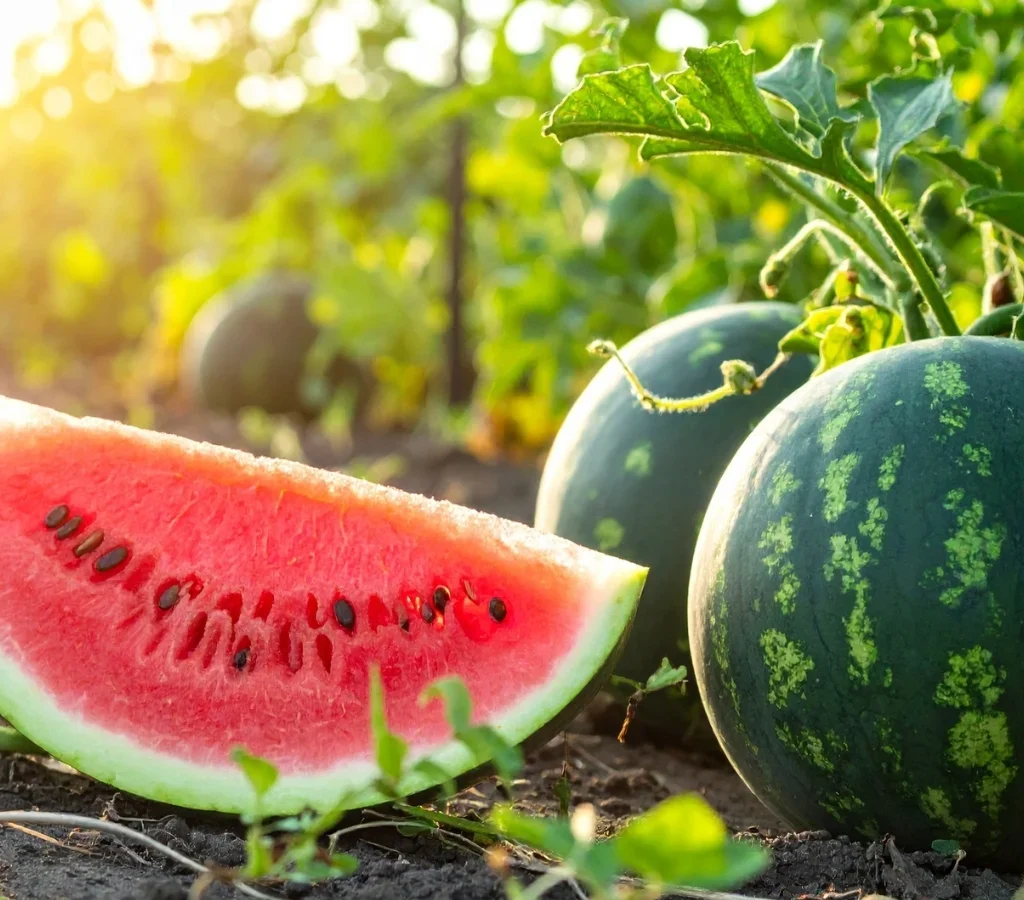
Annual Production: ~2.6 million metric tons
Global Share: Approx. 2.5%
Watermelon is one of India’s most popular summer fruits, enjoyed fresh, in juices, and as a hydrating snack during the country’s scorching hot months.
Major Watermelon Regions in India:
- Karnataka, Tamil Nadu, Maharashtra, Andhra Pradesh, Uttar Pradesh, and West Bengal.
- Seasonal planting in different zones ensures year-round availability in some regions.
Why India Stands Out:
- Warm, tropical and sub-tropical climate ideal for watermelon farming.
- High domestic demand, especially during summer and religious festivals.
- Increasing cultivation of seedless and export-friendly varieties.
- Use of open fields, drip irrigation, and protective nets in some regions.
Fun Fact:
Watermelon in India is often enjoyed with a sprinkle of black salt and lemon juice for added flavor.
Iran — A Historic Producer with Arid Climate Farming
Annual Production: ~2.5 million metric tons
Global Share: Approx. 2.4%
Iran, one of the oldest agricultural civilizations, is a major watermelon producer despite its arid and semi-arid climate. Melons have been part of Persian culture for millennia, especially during the hot summer months and traditional holidays.
Major Watermelon Regions in Iran:
- Fars, Kerman, Khuzestan, and Yazd provinces.
Why Iran Excels:
- Use of desert farming techniques and efficient water management.
- Watermelons are a vital part of Ramadan and Yalda Night (winter solstice) celebrations.
- Cultivation of both large traditional varieties and export-focused hybrids.
Fun Fact:
In Iran, watermelon is a traditional food served during Yalda Night, a celebration of the longest night of the year.
Algeria — North Africa’s Watermelon Powerhouse
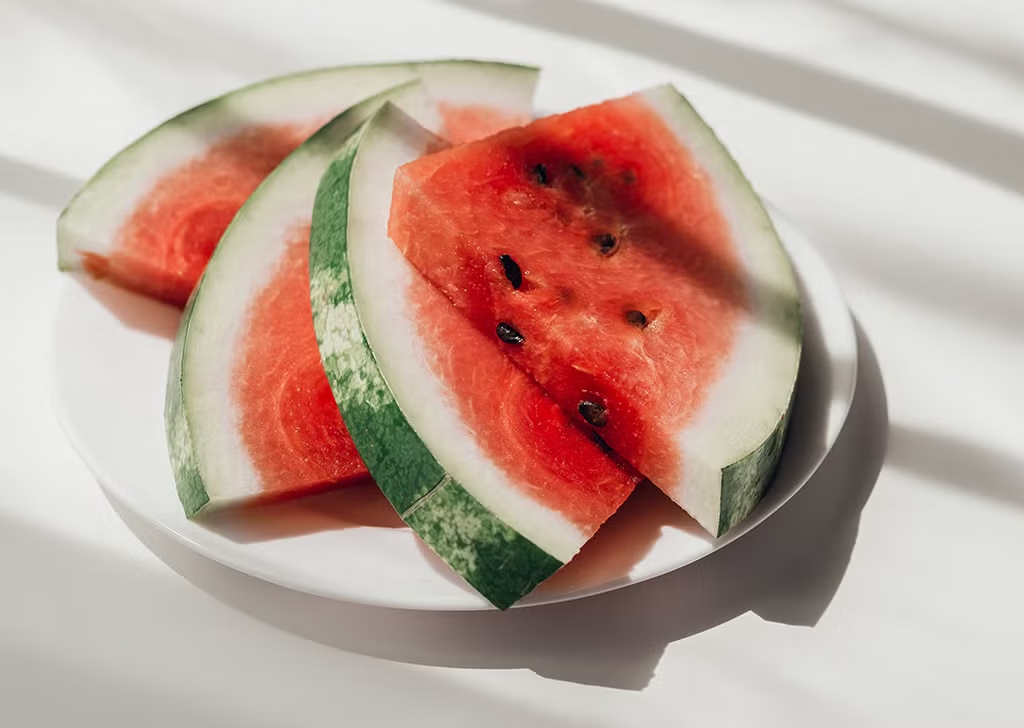
Annual Production: ~2.4 million metric tons
Global Share: Approx. 2.3%
Algeria may surprise some by its position in the top five, but this North African nation produces large quantities of watermelon, mainly for domestic consumption and regional trade.
Major Watermelon Regions in Algeria:
- El Oued, Biskra, and Ghardaïa — famous for producing watermelons in desert oases.
Why Algeria Excels:
- Use of oasis agriculture and underground irrigation systems.
- High consumption of watermelon during Ramadan and summer months.
- Increasing investments in seedless varieties and greenhouse farming.
Fun Fact:
Algerian farmers grow watermelons successfully in Sahara Desert regions using ancient underground water channels called foggara.
Global Trends and Challenges in Watermelon Farming
Rising Global Demand
- Watermelon is a top-choice fruit for health-conscious consumers due to its high water content, low calories, and natural sweetness.
- Growing popularity of seedless, miniature, and yellow-fleshed varieties.
Climate Change
- Increasing heatwaves, water scarcity, and unpredictable weather are challenging farmers globally.
- Countries are investing in drought-tolerant cultivars, smart irrigation systems, and greenhouse farming.
Growing International Trade
- China, Mexico, and Spain are significant exporters.
- Markets like Europe, the U.S., and the Middle East see steady growth in watermelon imports.
Conclusion
To sum up — which are the top 5 watermelon-producing countries in the world?
They are China, Turkey, India, Iran, and Algeria. Together, these nations contribute a substantial portion of the world’s watermelon harvest, supplying homes, restaurants, markets, and festivals across the globe.
While China dominates in both volume and innovation, countries like Turkey, India, Iran, and Algeria maintain strong domestic traditions and regional export markets. Each has its unique climate, farming traditions, and consumer preferences, making the global watermelon industry wonderfully diverse and flavorful.
So the next time you savor a slice of this delicious summer fruit — remember, it likely originated from one of these global watermelon powerhouses.
